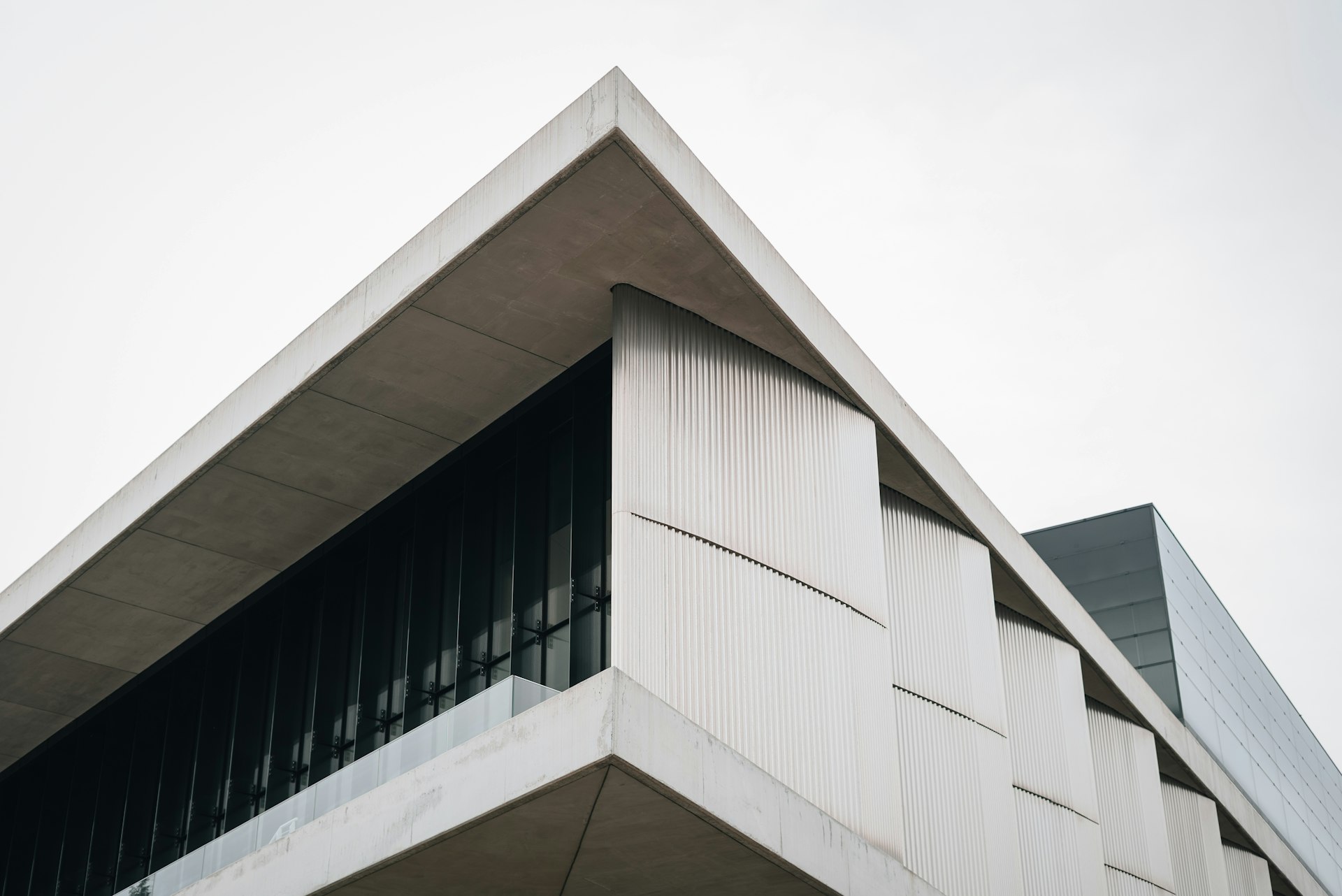Circular Fashion Startups: How Innovation Is Disrupting Retail and Shaping a Sustainable Future

Photo by Tanya Barrow on Unsplash
Introduction: The Rise of Circular Fashion and Disruption in Retail
The fashion industry is undergoing a profound transformation as circular fashion startups challenge traditional retail models and champion sustainability at scale. Rather than perpetuating the take-make-waste cycle, these innovators promote collaborative consumption , textile recycling, and transparency, aiming to minimize environmental impact and reshape how consumers interact with clothing. This article explores the disruptive business models, leading startups, real-world impacts, and practical ways to engage with circular fashion solutions.
Understanding Circular Fashion: What Makes It Disruptive?
Circular fashion refers to systems that keep clothing, textiles, and resources in circulation for as long as possible. Unlike linear models, which result in significant waste, circular strategies prioritize reuse, recycling, and responsible manufacturing. Startups in this space employ various approaches, including:
- Rental platforms that allow consumers to access high-quality garments without buying new
- Resale marketplaces that extend the life of clothing through secondhand sales
- Recycling and upcycling services that turn waste into new products
- Digital innovation to improve transparency and empower conscious choices
By embracing these models, circular fashion startups are disrupting retail by reducing overproduction, lowering environmental costs, and offering new value to both consumers and brands [1] .
Key Business Models and Real-World Examples
Collaborative Consumption: Rent, Reuse, Repeat
Rental platforms like Rent the Runway have popularized the concept of accessing designer clothing for a fraction of the price, allowing users to enjoy fashion without the environmental cost of fast fashion. Customers rent garments for specific occasions, then return them, enabling multiple uses before the items reach end-of-life [1] . This model not only reduces textile waste but also makes premium fashion more accessible.
To access these services, you can search for online rental platforms such as Rent the Runway or look for local rental boutiques in your city. Registration typically involves creating an account, browsing available inventory, and booking your preferred items for a set rental period.
The Resale Revolution: Secondhand Chic
Resale startups like For Days and Recovo enable consumers to buy and sell pre-owned clothing, keeping garments in use longer and diverting them from landfills. For Days, for example, operates a take-back program accepting used clothes from any brand and recycling them into new textiles, fostering a truly circular ecosystem [3] .
To participate in resale, you can explore established online marketplaces, search for local consignment stores, or join community swap events. Many platforms provide guides on creating listings, shipping items, and earning credits toward future purchases.
Textile Recycling and Upcycling
Innovative startups such as Supercircle and Kleiderly focus on textile recycling at scale. Supercircle connects brands, recyclers, and sorters via a digital platform to efficiently trace, sort, and recycle used garments, providing vital data for sustainability initiatives [2] . Kleiderly has developed a process to turn old clothing into durable products like hangers and furniture, helping replace petroleum-based plastics [4] .
If you wish to support or join these programs, look for brands or retailers that offer recycling drop-off points, or search for textile recycling facilities in your city. Some brands provide mailing labels for sending in old garments, while others partner with local charities or recycling centers.
Direct-to-Consumer and On-Demand Manufacturing
Startups like Quince employ a factory-to-consumer model, cutting out middlemen and producing garments only after they’re ordered. This reduces overproduction, lowers costs, and ensures consumers receive ethically made, premium goods without traditional retail markups [2] . Quince’s just-in-time production system exemplifies how efficient logistics and manufacturing help reduce waste and inventory risk.
To access these products, you can visit direct-to-consumer brand websites, select your preferred items, and place orders that are produced on demand, reducing excess stock and environmental impact.
Technology: Driving Transparency and Engagement
Digital tools are central to the success of circular startups. Apps like Good On You and campaigns by The Fashion Revolution provide consumers with data on brand sustainability and ethical practices, making it easier to align purchases with personal values [1] . Meanwhile, digital fashion houses such as The Fabricant are pioneering virtual clothing, reducing physical waste by creating digital-only garments [3] .
To take advantage of these resources, search for sustainability rating apps in your device’s app store or visit campaign websites to access guides, reports, and community forums. If you are interested in digital fashion, follow platforms offering virtual clothing experiences and collaborations with artists or brands.
Challenges and Solutions in Circular Fashion
Despite significant progress, circular fashion faces several challenges, including:
- Scaling recycling infrastructure: Not all regions have adequate facilities to process and recycle textiles efficiently.
- Consumer habits: Shifting mindsets from ownership to access or reuse requires ongoing education and incentives.
- Traceability and transparency: Ensuring full visibility across the supply chain can be complex for global brands.
Startups are addressing these issues by forging partnerships with retailers, investing in technology for better tracking, and launching educational campaigns. As a consumer, you can support these efforts by choosing brands with transparent supply chains, participating in take-back or recycling programs, and advocating for policy changes that encourage circularity.
Getting Started: How to Access Circular Fashion Solutions
There are several actionable steps you can take to engage with and benefit from circular fashion innovations:
- Explore rental platforms for special occasions or everyday wardrobe needs. Register for accounts and follow the instructions for booking, wear, and return.
- Participate in resale marketplaces by selling or buying pre-owned items. Most platforms offer detailed guides on how to list, price, and ship clothing.
- Utilize take-back or recycling programs by searching for brands with drop-off points or mail-in options. Many retailers provide information on their websites about how to participate.
- Leverage technology tools like sustainability rating apps to make informed purchasing decisions. Check app reviews and community forums for user experiences and tips.
- Follow digital fashion initiatives to learn about virtual experiences and reduce physical consumption. Many brands offer newsletters or social media updates on new collections and collaborations.
If you are unsure where to start, consider searching for “circular fashion startups” or “sustainable clothing platforms” alongside your location to discover local and global options. For direct support, you may contact customer service departments of leading brands or consult sustainability sections on major retail websites.

Photo by Jonathan Cooper on Unsplash
Alternative Approaches and the Role of Collaboration
Beyond individual startups, industry-wide collaboration is key to scaling circular fashion. Many brands are partnering with recycling innovators, logistics companies, and tech providers to build a fully integrated circular ecosystem. Community-driven initiatives, such as clothing swaps and repair workshops, also play a vital role in promoting reuse and extending garment life.
Some startups focus on materials innovation, developing biodegradable alternatives to traditional textiles or creating new uses for recycled fibers. For instance, Muntagnard emphasizes renewable and biodegradable raw materials, achieving high traceability and reduced emissions in their processes [4] .
Key Takeaways and Future Outlook
Circular fashion startups are disrupting the retail landscape by introducing models that prioritize environmental stewardship, transparency, and consumer empowerment. Through rental, resale, recycling, and digital innovation, these companies offer practical solutions to fashion waste and inspire a shift toward a more sustainable industry. As these models mature, increased collaboration, technological advancement, and consumer engagement will further accelerate the transition to a circular economy in fashion.
References
- [1] FasterCapital (2025). Fashion with a Conscience: The Impact of Circular Fashion Startups.
- [2] TRUiC (2024). 10 Best Sustainable Clothing Startups 2025.
- [3] Enterprise League (2025). 36 fashion startups that are dominating the industry in 2025.
- [4] Monique Fischer Consulting (2023). Start-ups that can disrupt the retail industry.



